Home>Gardening & Outdoor>Landscaping Ideas>What Is Sweet Grass Good For
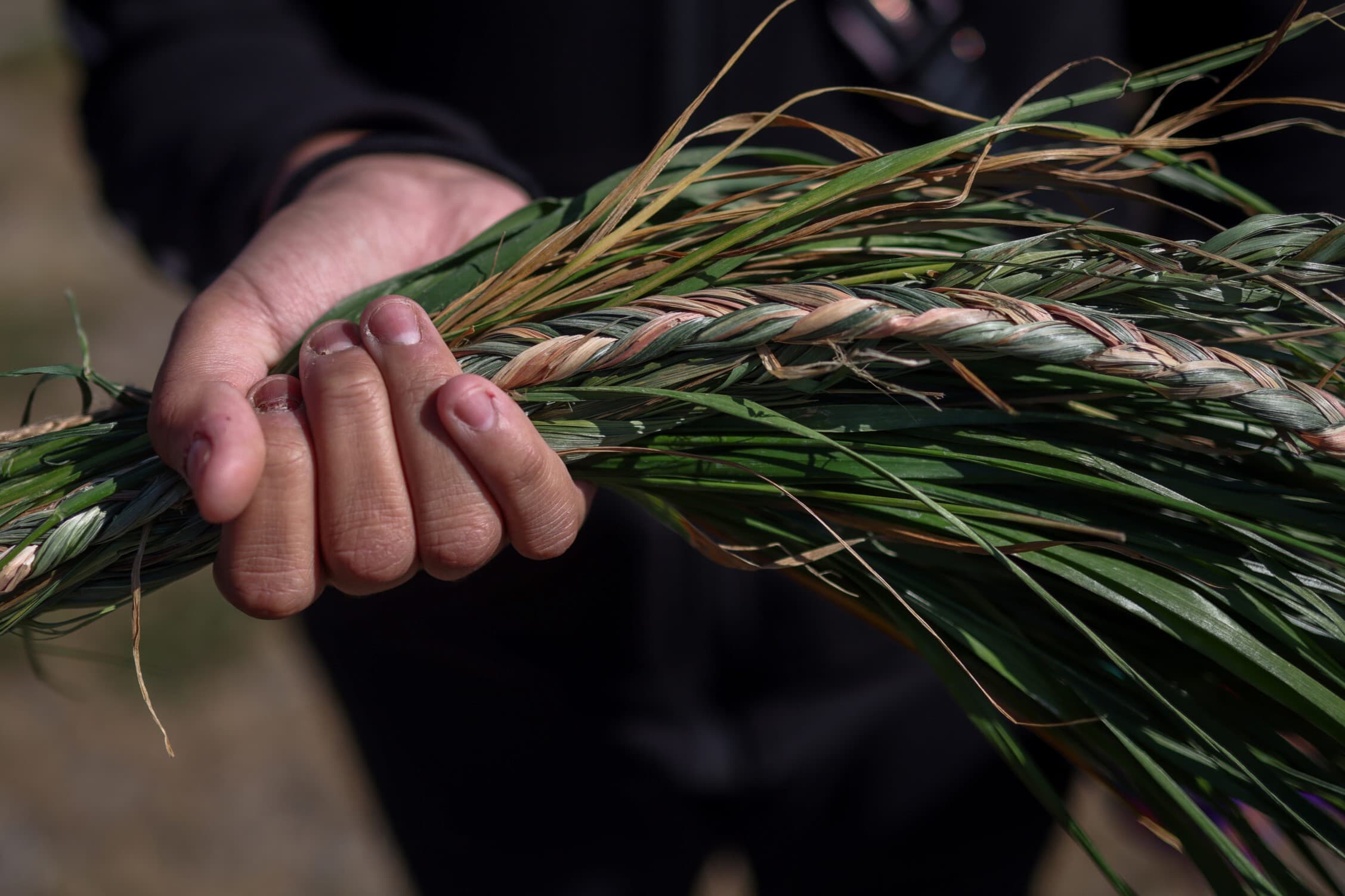

Landscaping Ideas
What Is Sweet Grass Good For
Modified: February 18, 2024
Discover the versatility of sweet grass for landscaping ideas. Learn how to incorporate sweet grass into your outdoor space for a natural and beautiful touch. Explore the benefits of using sweet grass in your landscaping projects.
(Many of the links in this article redirect to a specific reviewed product. Your purchase of these products through affiliate links helps to generate commission for Storables.com, at no extra cost. Learn more)
Introduction
Welcome to the enchanting world of sweet grass, a plant that has been cherished for centuries for its multifaceted benefits. In this article, we will delve into the captivating history, traditional uses, medicinal properties, and spiritual significance of sweet grass. Whether you are a nature enthusiast, a wellness seeker, or a curious soul, the allure of sweet grass is sure to captivate your imagination and kindle your interest in this remarkable botanical treasure.
As we embark on this journey, prepare to be immersed in the rich tapestry of cultural traditions and the natural splendor of sweet grass. From its role in indigenous ceremonies to its aromatic allure and potential health benefits, there is much to discover about this revered plant. So, let’s set forth on this exploration of sweet grass and unlock the secrets of its enduring appeal.
Key Takeaways:
- Sweet grass has been cherished for centuries by indigenous cultures for its aromatic allure, spiritual significance, and potential healing properties, serving as a symbol of unity and reverence for the natural world.
- Whether braided and burned in sacred ceremonies or used for personal wellness, sweet grass invites us to embrace the timeless traditions and wisdom of indigenous cultures, fostering a deeper connection to the interconnectedness of all living beings.
Read more: What Is Grass Jelly Good For
History of Sweet Grass
The history of sweet grass is deeply intertwined with indigenous cultures across North America, where it has been revered for generations. Known scientifically as Hierochloe odorata, sweet grass holds a sacred place in the traditions of numerous Native American tribes, including the Lakota, Blackfoot, and Cree, among others.
For centuries, indigenous communities have harvested sweet grass from pristine meadows and used it for various ceremonial and practical purposes. The plant’s fragrant leaves were meticulously braided and burned as part of sacred rituals, symbolizing purity, healing, and connection to the natural world. The sweet, vanilla-like scent that permeates the air when sweet grass is burned is believed to attract positive energy and purify the spirit.
Furthermore, sweet grass has been historically valued for its practical uses, such as being woven into baskets, mats, and other traditional crafts. Its durable and flexible nature made it an indispensable material for creating functional items that were integral to daily life within indigenous communities.
As European settlers arrived in North America, they too recognized the significance of sweet grass and its aromatic allure. Over time, the cultural and spiritual significance of sweet grass expanded beyond indigenous communities, captivating people from diverse backgrounds who were drawn to its captivating fragrance and the deep-rooted traditions associated with it.
Today, the legacy of sweet grass endures as a symbol of unity, reverence for nature, and the enduring wisdom of indigenous traditions. Its profound historical and cultural significance continues to inspire a deep appreciation for the natural world and the interconnectedness of all living beings.
Traditional Uses of Sweet Grass
The traditional uses of sweet grass are as diverse and profound as the cultures that have revered it for centuries. From ceremonial practices to practical applications, sweet grass has been woven into the fabric of indigenous traditions, serving as a symbol of harmony, healing, and spiritual connection.
One of the most iconic uses of sweet grass is in sacred ceremonies, where it is meticulously braided and burned as part of spiritual rituals. The fragrant smoke is believed to carry prayers to the heavens, cleanse the environment, and invite positive energy into the sacred space. The aroma of burning sweet grass is said to evoke a sense of peace and harmony, fostering a deep connection to the natural world and the spiritual realm.
Beyond its ceremonial significance, sweet grass has been revered for its practical uses. Indigenous artisans have long utilized its durable, flexible fibers to create intricately woven baskets, mats, and other traditional crafts. These functional items not only served practical purposes within indigenous communities but also represented the enduring bond between humanity and the natural world.
Furthermore, sweet grass has been valued for its aromatic allure, often used to scent personal items and living spaces. The sweet, vanilla-like fragrance of sweet grass has the power to uplift the spirit and create a sense of tranquility, making it a cherished botanical treasure with a wide range of applications.
Additionally, sweet grass has been employed in traditional medicine, with some indigenous cultures using it for its potential healing properties. Whether infused into teas or used topically, sweet grass has been associated with various wellness benefits, reflecting the deep-rooted belief in the plant’s natural healing energies.
Overall, the traditional uses of sweet grass reflect a profound reverence for nature, a deep connection to spiritual realms, and a holistic approach to well-being. As we continue to explore the multifaceted nature of sweet grass, we will uncover the medicinal properties that have contributed to its enduring legacy.
Medicinal Properties of Sweet Grass
Beyond its ceremonial and cultural significance, sweet grass is believed to possess a range of medicinal properties that have intrigued herbalists and wellness enthusiasts alike. While scientific research on sweet grass is ongoing, indigenous traditions and anecdotal evidence have long celebrated its potential therapeutic benefits.
One of the most notable attributes of sweet grass is its soothing aroma, which is thought to have a calming effect on the mind and spirit. The sweet, vanilla-like fragrance that emanates from burning sweet grass has been associated with stress reduction, relaxation, and the promotion of a serene atmosphere. In indigenous practices, the aromatic smoke of sweet grass is believed to dispel negative energies and create a sense of harmony, contributing to overall well-being.
Furthermore, sweet grass has been used in traditional medicine for its potential anti-inflammatory and antiseptic properties. Some indigenous cultures have infused sweet grass into teas or used it topically to alleviate minor aches and pains, as well as to support skin health. The plant’s natural compounds are thought to possess gentle healing properties, making it a valued botanical ally in promoting comfort and vitality.
Moreover, sweet grass is revered for its symbolic association with healing and purification. In indigenous ceremonies, the burning of sweet grass is often accompanied by prayers for physical and spiritual wellness. The aromatic smoke is believed to carry these intentions to the heavens, fostering a sense of balance and restoration within the individual and the community.
While it is important to approach the medicinal properties of sweet grass with reverence for indigenous traditions, the growing interest in natural remedies has sparked renewed curiosity about the potential wellness benefits of this revered plant. As scientific inquiry continues to shed light on the bioactive compounds present in sweet grass, there is a growing appreciation for its traditional uses and the wisdom of indigenous healing practices.
As we delve deeper into the world of sweet grass, we will uncover the spiritual and cultural significance that has shaped its enduring presence in indigenous traditions and continues to inspire a profound connection to the natural world.
Sweet grass is known for its calming and purifying properties. It can be used in smudging ceremonies to cleanse a space of negative energy and promote relaxation. Simply light the sweet grass and let the smoke waft through the area you want to purify.
Spiritual and Cultural Significance
The spiritual and cultural significance of sweet grass is deeply woven into the tapestry of indigenous traditions, where it holds a revered place as a symbol of unity, healing, and reverence for the natural world. Across numerous Native American tribes, sweet grass is regarded as one of the four sacred plants, alongside sage, cedar, and tobacco, each carrying its own unique spiritual significance.
As a sacred plant, sweet grass plays a central role in indigenous ceremonies and rituals, where it is burned to purify the spirit, attract positive energies, and offer prayers to the Creator. The fragrant smoke that rises from burning sweet grass is believed to carry these prayers to the heavens, fostering a profound connection between the earthly realm and the spiritual dimensions. This act of burning sweet grass is a ceremonial practice that embodies the timeless wisdom of indigenous traditions and the enduring bond between humanity and the natural world.
Furthermore, sweet grass holds a symbolic association with healing and harmony. Its aromatic allure is said to evoke a sense of peace and tranquility, creating a sacred space where individuals can seek solace and spiritual renewal. The gentle, sweet fragrance of sweet grass is believed to cleanse the environment of negative energies and promote a state of balance and well-being, both on a personal and communal level.
Beyond its spiritual significance, sweet grass embodies the cultural heritage and wisdom of indigenous communities, serving as a tangible link to ancestral traditions and the natural bounty of the earth. The meticulous braiding and burning of sweet grass are not only acts of reverence but also expressions of cultural continuity, resilience, and the enduring vitality of indigenous knowledge.
Today, the spiritual and cultural significance of sweet grass continues to resonate with people from diverse backgrounds, fostering a deep appreciation for the interconnectedness of all living beings and the enduring wisdom of indigenous traditions. As we explore the ways in which sweet grass is used and revered, we gain a deeper understanding of its profound impact on spiritual practices, cultural expression, and the preservation of ancient wisdom.
Read more: What Is Fever Grass Good For
How to Use Sweet Grass
Using sweet grass is a deeply symbolic and ceremonial practice that honors its spiritual and cultural significance. Whether you are drawn to its aromatic allure, its potential wellness benefits, or its role in indigenous traditions, incorporating sweet grass into your rituals can be a meaningful and enriching experience.
The most iconic way to use sweet grass is by braiding it into a small, intricately woven braid, which is then ceremonially burned. The braiding process itself is a meditative and intentional act, symbolizing the weaving together of physical, spiritual, and emotional elements. As the sweet grass braid is burned, the fragrant smoke is believed to carry prayers to the heavens, cleanse the environment, and invite positive energy into the sacred space.
To begin the burning process, it is customary to light the sweet grass braid with a flame and then gently blow it out, allowing the braid to smolder and release its aromatic smoke. As the smoke rises, it is customary to fan it with a feather or one’s hands, guiding the purifying energies throughout the space and inviting a sense of tranquility and spiritual connection.
When using sweet grass for personal wellness and relaxation, the aromatic smoke can be gently wafted around oneself, creating a soothing and uplifting ambiance. The sweet, vanilla-like fragrance of sweet grass has the power to instill a sense of calm and harmony, making it a cherished botanical ally for mindfulness practices and moments of reflection.
For those interested in incorporating sweet grass into their living spaces, dried sweet grass braids can be displayed in decorative vessels or hung in areas where their fragrance can permeate the surroundings. This not only adds a touch of natural beauty to the environment but also infuses the space with the gentle, comforting aroma of sweet grass.
Whether used in sacred ceremonies, personal rituals, or simply to enjoy its aromatic allure, sweet grass invites us to cultivate a deeper connection to the natural world and the enduring wisdom of indigenous traditions. As we honor the spiritual and cultural significance of sweet grass, we embrace a timeless tradition that celebrates unity, healing, and reverence for the interconnectedness of all living beings.
Conclusion
As we conclude our exploration of sweet grass, we are reminded of the enduring legacy of this revered plant and the profound impact it has had on indigenous traditions, wellness practices, and cultural expression. From its fragrant allure to its spiritual significance, sweet grass continues to captivate the hearts and minds of those who seek a deeper connection to the natural world and the wisdom of ancestral traditions.
The history of sweet grass is a testament to the resilience and wisdom of indigenous communities, who have cherished and safeguarded its cultural and spiritual significance for generations. As a sacred plant, sweet grass embodies the interconnectedness of all living beings and serves as a tangible link to the timeless traditions that honor the earth, the elements, and the Creator.
Furthermore, the traditional uses of sweet grass, from ceremonial practices to practical applications, reflect a holistic approach to well-being and a deep reverence for the natural bounty of the earth. Its potential medicinal properties, aromatic allure, and symbolic association with healing have inspired a renewed appreciation for the plant’s multifaceted benefits.
As we honor the spiritual and cultural significance of sweet grass, we are invited to embrace a deeper understanding of unity, harmony, and the enduring wisdom of indigenous traditions. Whether used in sacred ceremonies, personal rituals, or moments of quiet reflection, sweet grass offers a profound connection to the natural world and the timeless traditions that celebrate the interconnectedness of all living beings.
As we carry forward the legacy of sweet grass, let us do so with reverence, gratitude, and a deep appreciation for the wisdom it imparts. May the fragrant smoke of sweet grass continue to carry our prayers, cleanse our spirits, and inspire a sense of harmony and balance within ourselves and the world around us.
With each braided strand and fragrant wisp of smoke, sweet grass beckons us to embrace the timeless traditions, the healing energies, and the enduring spirit of unity that have been cherished for generations. In the gentle rustle of its leaves and the sweet, lingering aroma that fills the air, sweet grass whispers the wisdom of the earth and the timeless embrace of its enduring legacy.
Frequently Asked Questions about What Is Sweet Grass Good For
Was this page helpful?
At Storables.com, we guarantee accurate and reliable information. Our content, validated by Expert Board Contributors, is crafted following stringent Editorial Policies. We're committed to providing you with well-researched, expert-backed insights for all your informational needs.
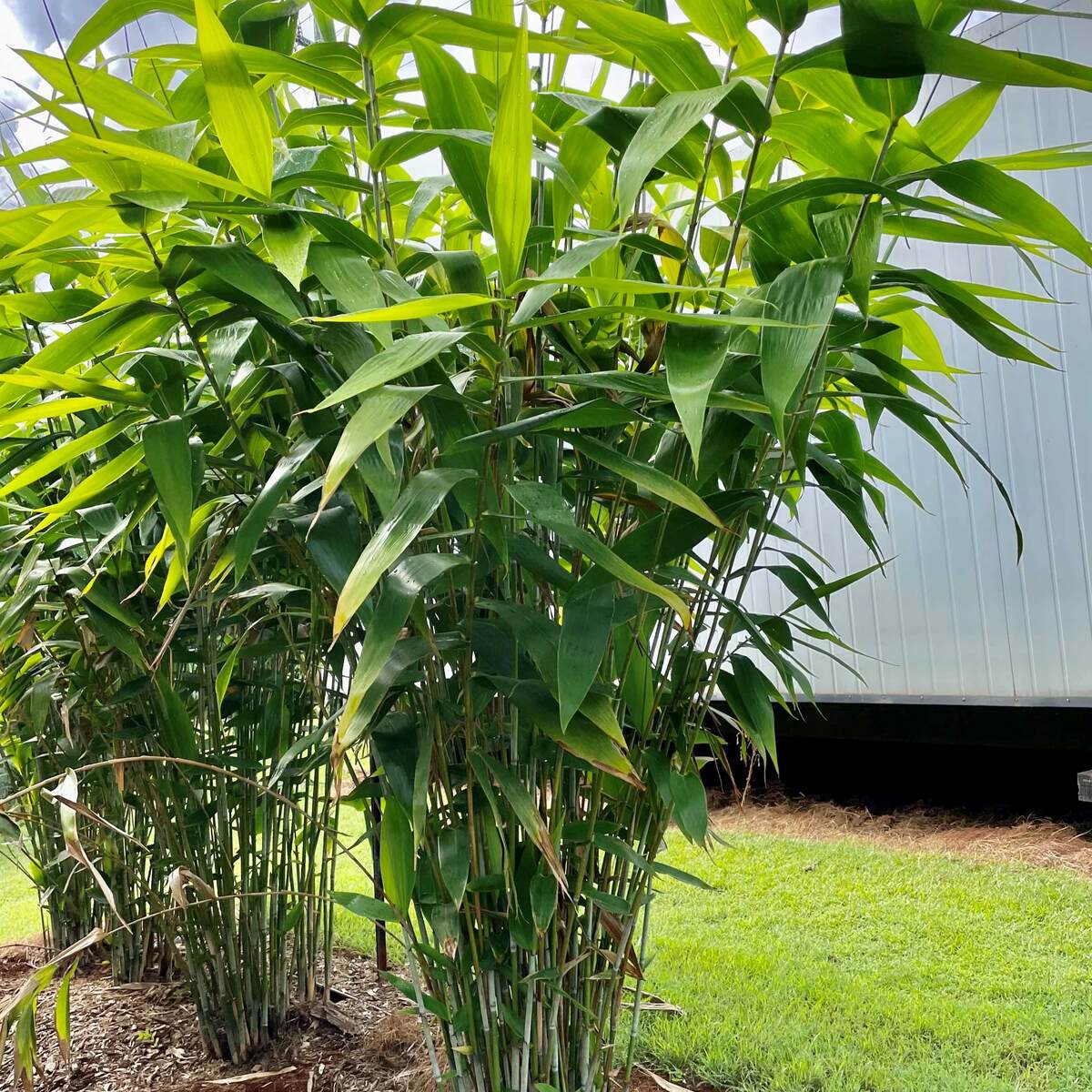
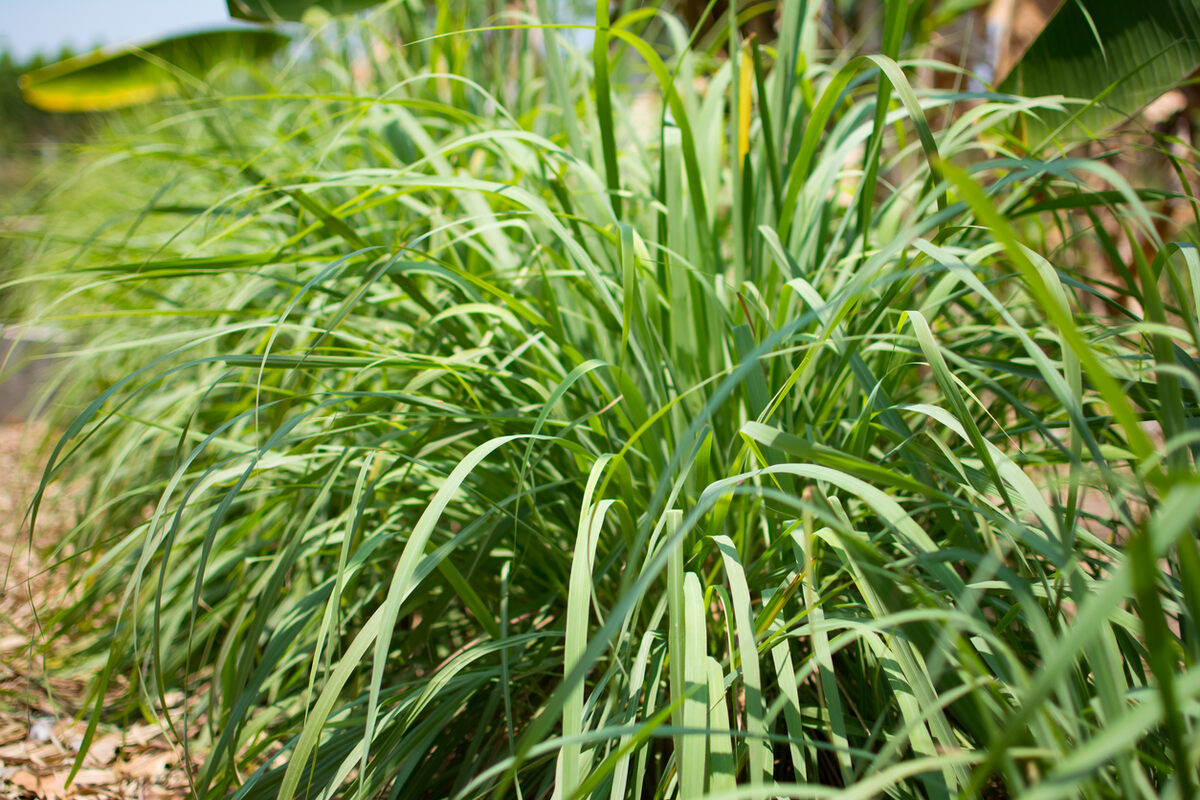
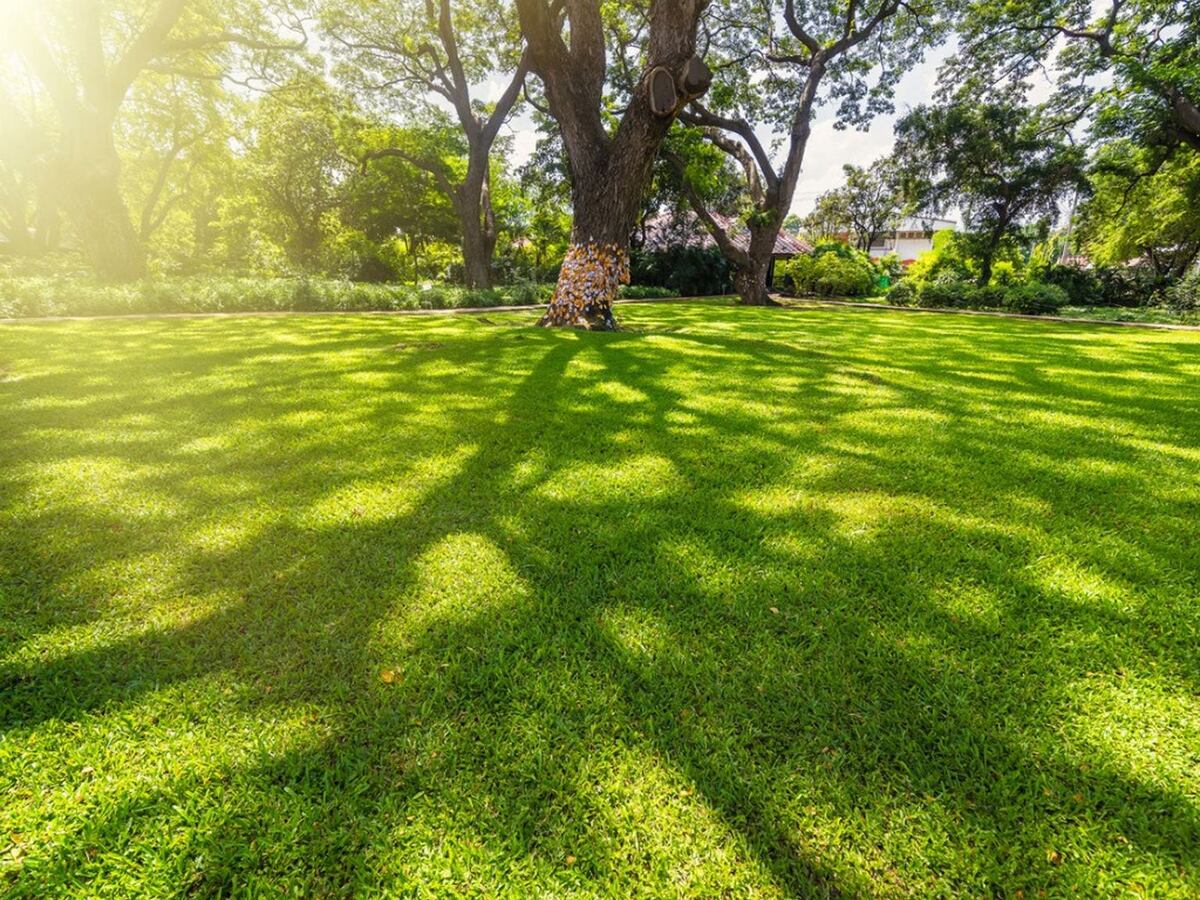
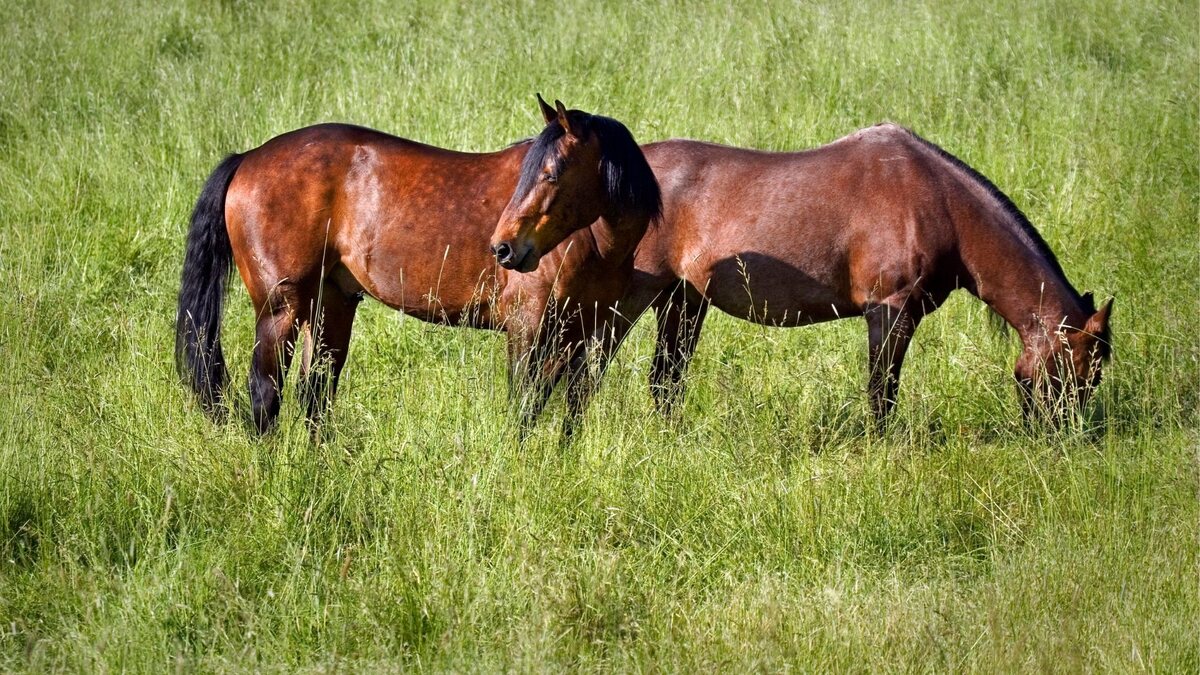
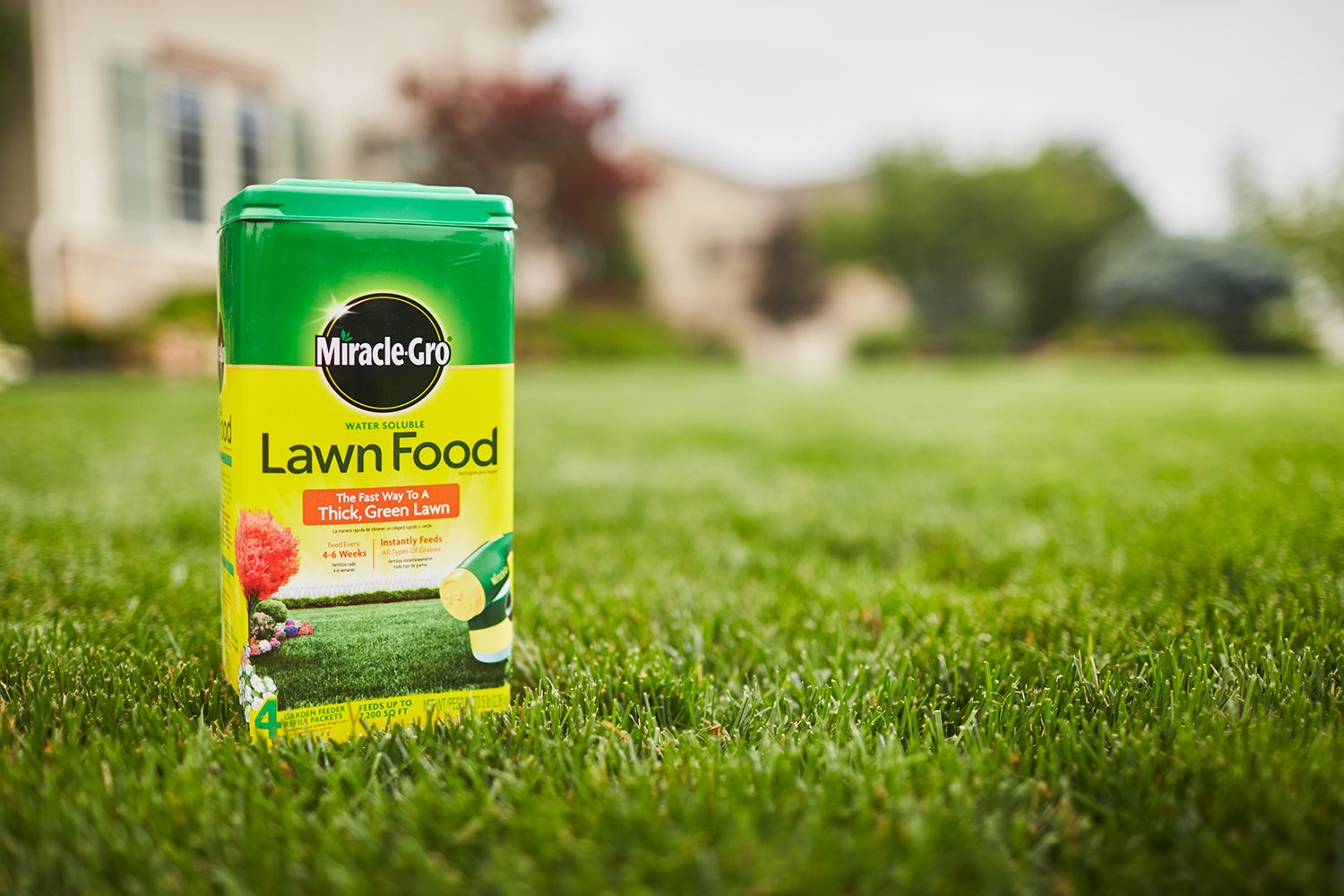

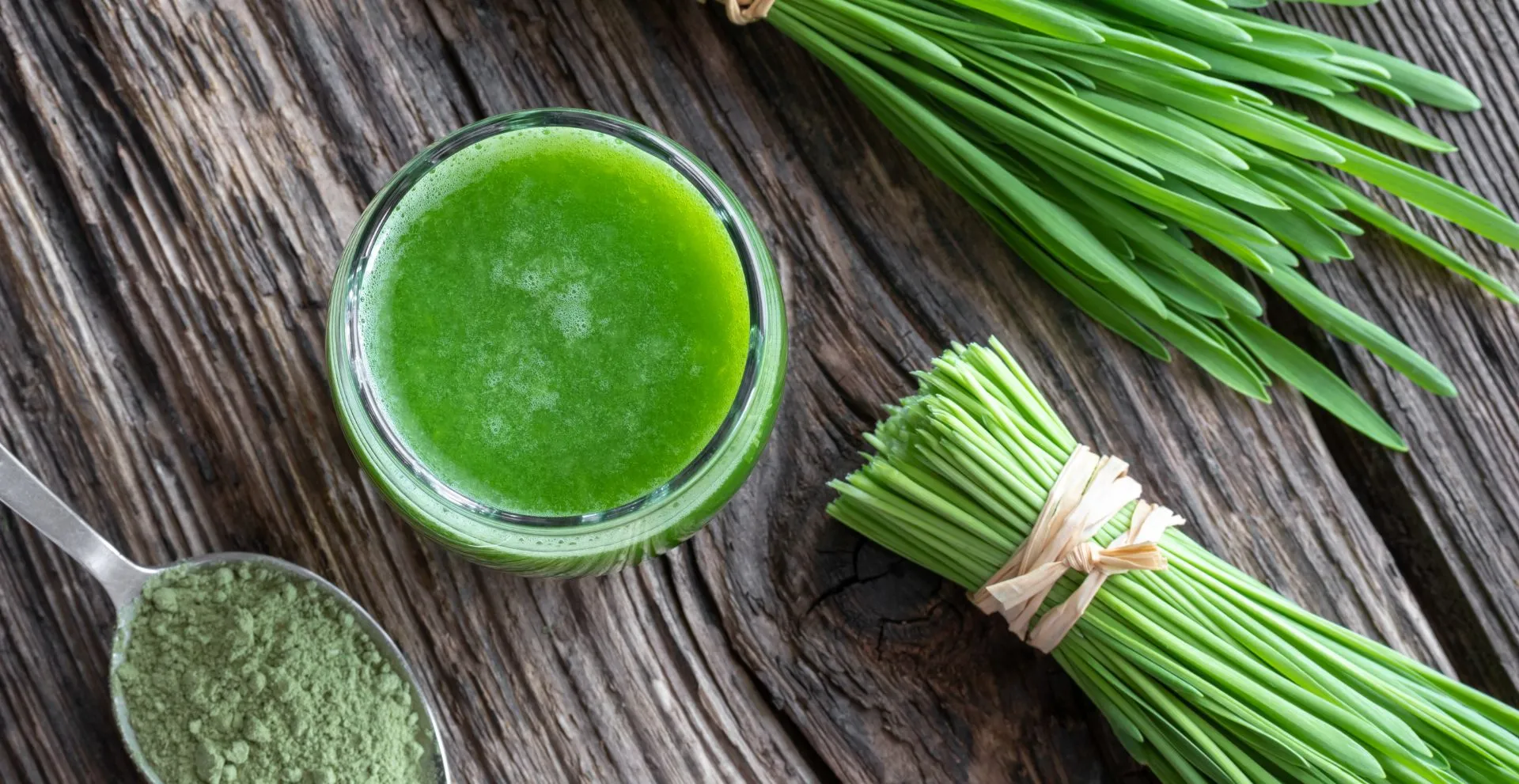


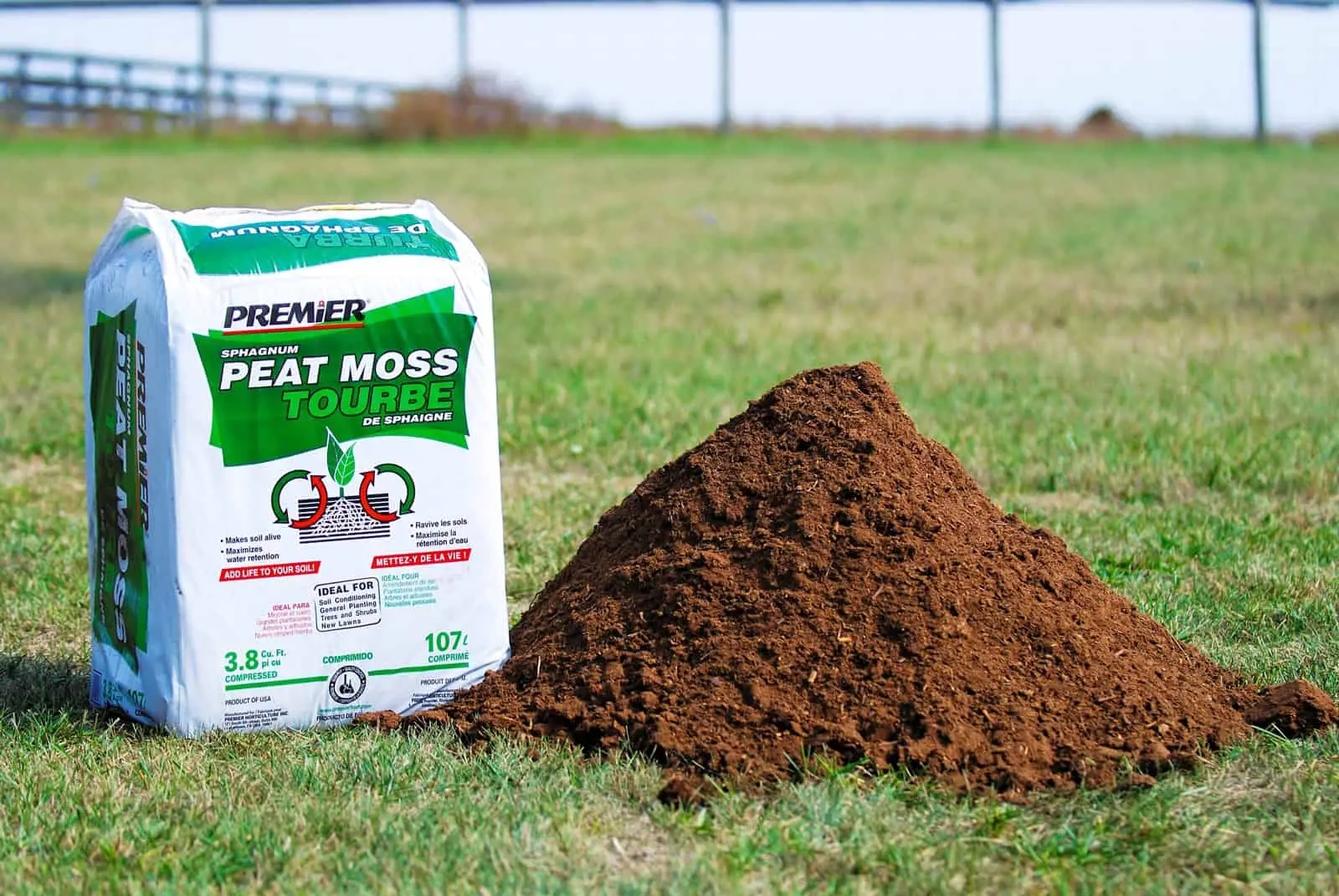
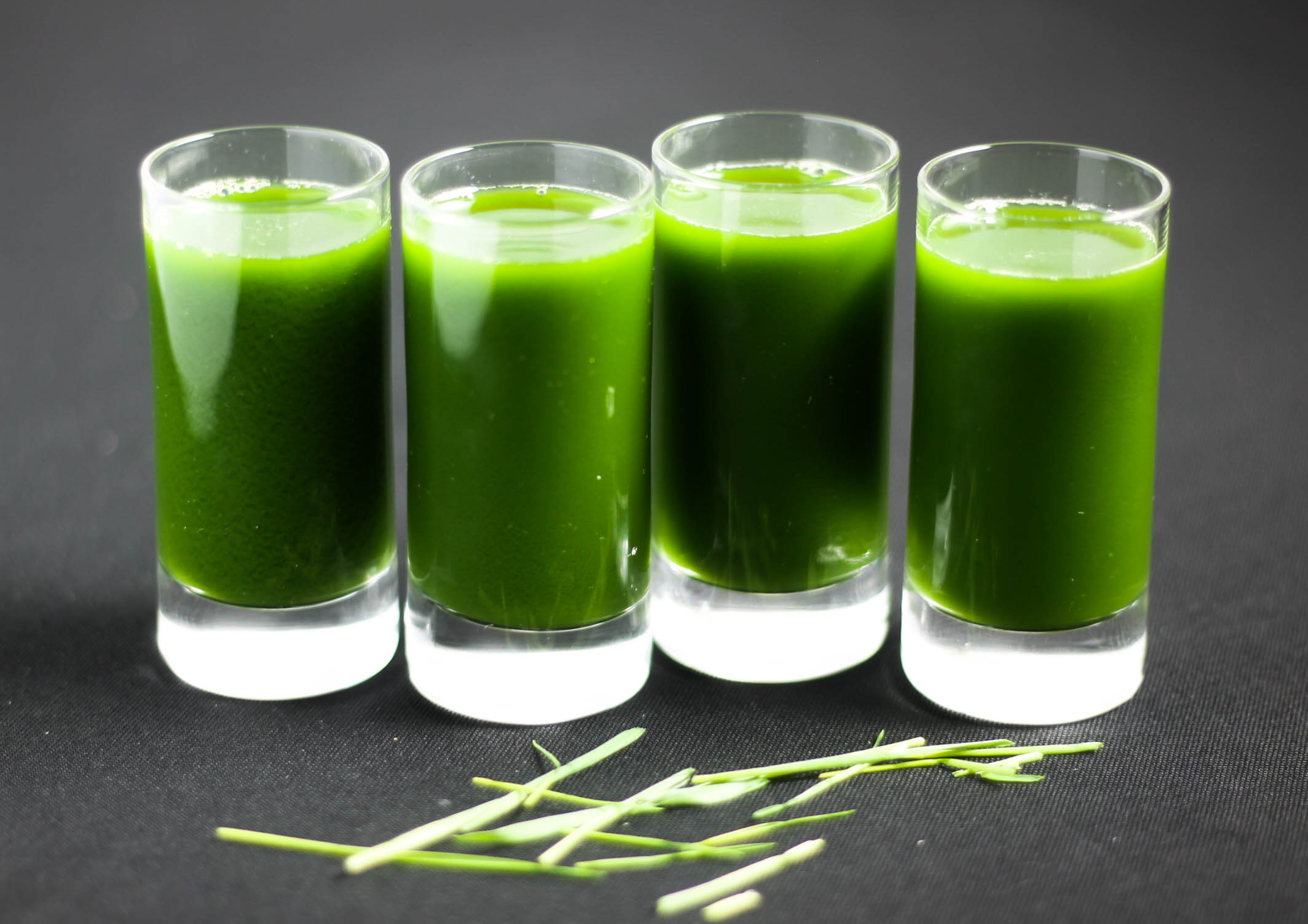
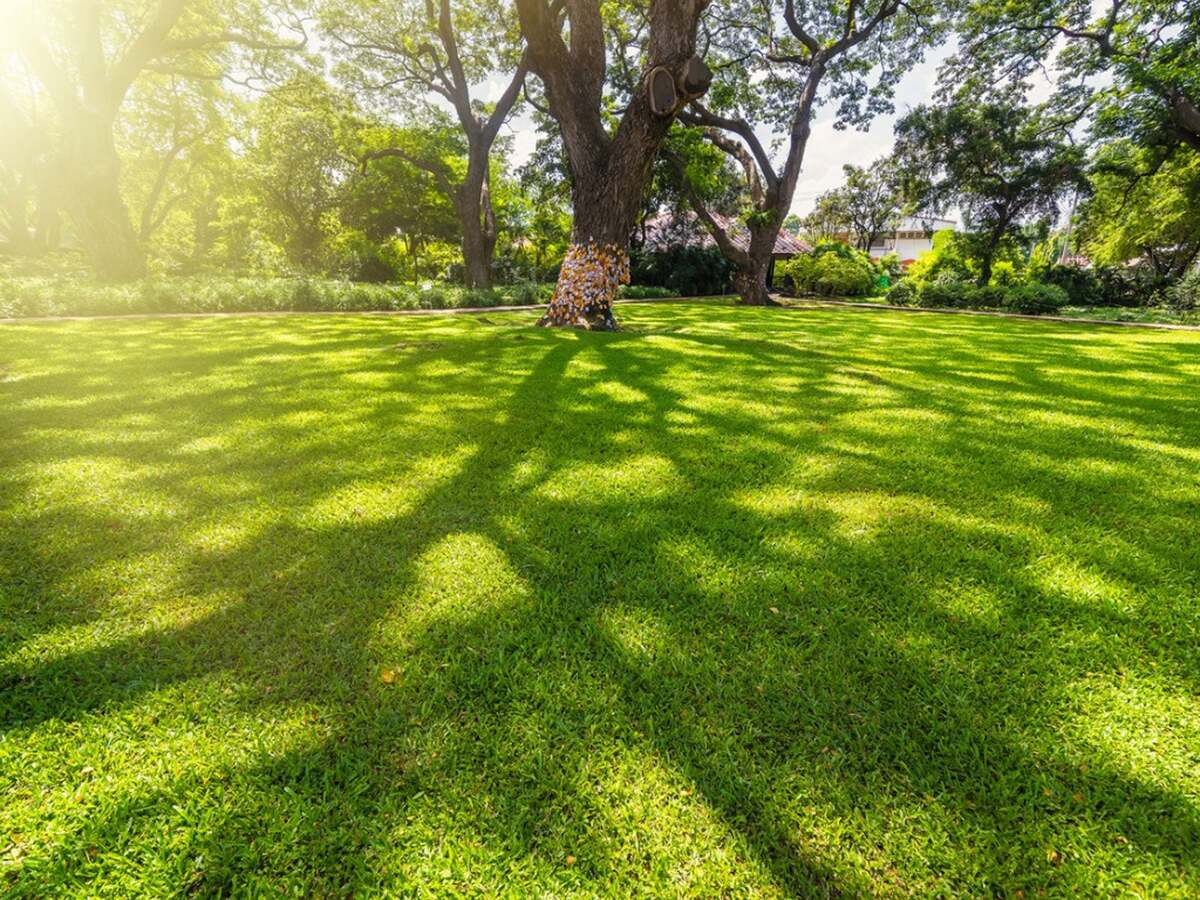
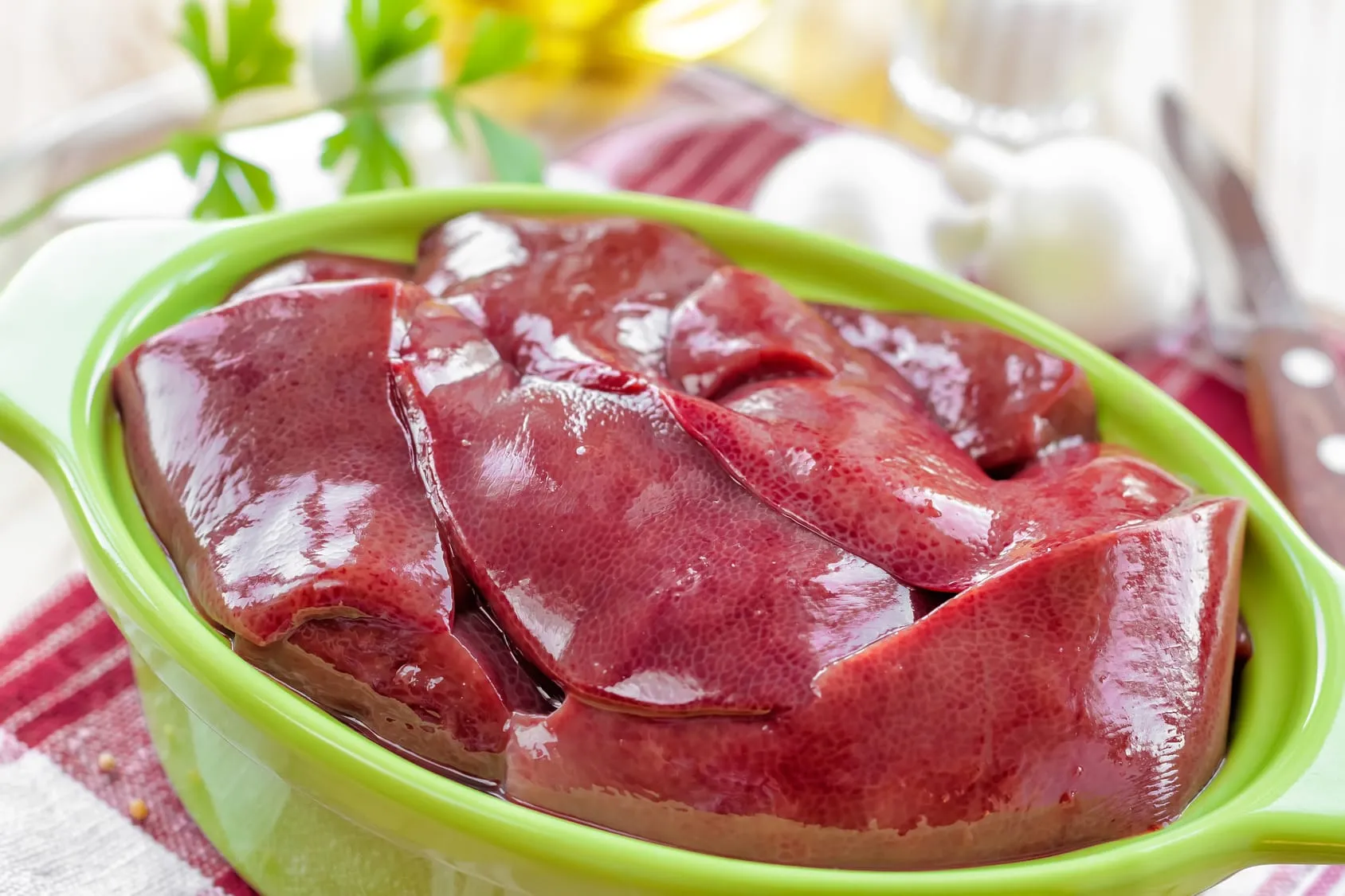


0 thoughts on “What Is Sweet Grass Good For”